Are students cheating or just using resources to their advantage? (Editorial)
Sometimes students go to extreme measures to get good grades- even if it means risking their academic integrity.
Every year, on the first day of school, the teachers go over their individual class rules, and every first day of school, students hear the same thing, “Do not cheat, you are not helping yourself by doing so. There will be consequences.”
Students continue to cheat anyway. So why do students choose the dishonest path if it may hurt them later?
According to the University of Colorado, the definition of academic dishonesty is “a student’s use of unauthorized assistance with intent to deceive an instructor or another such person who may be assigned to evaluate the student’s work in meeting course and degree requirements.” They pay no intention to the consequences that may come about.
Students are often pressured into thinking that they need to go to college to succeed and that they have to get perfect grades on tests and quizzes to be seen as smart. College is for the best of the best; get good grades to go to college to succeed in life.
This is all students can think of the moment they begin high school, when it really starts to count. They look over the academic integrity handout, sign a contract saying they won’t commit the crime, and store the paper in their binder to pull out for the quarterly notebook quiz; never paying it attention besides putting reinforcements on the holes because it is falling out.
When asking a student why, there are many different answers to be heard. The answers vary from it is too hard, they don’t have time, they can not get a bad grade, to they just did not want to try or could not remember the answer and needed a little help. Despite the many excuses, the intention is always to succeed because they know failing is not an option.
This pressure sparks a cleverness in students, which is quite remarkable if you take a moment to look past the bad connotation of cheating. Students will write answers in the distressing of their pants, tape notes on the inside of their shirt, write answers on the water bottle label, etc. It is not always the traditional look over at another paper. They will go to great lengths in order to get the correct answers.
Turnitin.com is a site teachers use to detect plagiarism and they have created a spectrum of ten different types of academic dishonesty. Sometimes teachers do not take action when they observe cheating because everybody knows that the teacher notices. Maybe this is because the teacher knows that some students need a little extra help or they just want them to pass.
Teachers also seem to only take precautions during tests and quizzes but homework is looked over. However, this is a big percentage of a students grade and that is where cheating seems to make the biggest appearance. If more action is taken on homework, maybe the students would have all the information in their head from doing it themselves and wouldn’t need help on tests.
Despite all of these ways to decipher real or fake work, students continue to cheat and will always do so as long as teachers and parents are putting all of the pressure on them. It is okay to not get everything right. It shows that they are human and sometimes need help to understand things. If these results did not matter so much, students would not be as afraid to say they need extra help. They would not be scared of someone thinking they are stupid.
Disclaimer: Articles designated as “Editorial” represent the views and opinions of the author, not the 2017-2018 Periscope staff, CHS Administration, or the CHS student body.
Want to help the Herd? Please consider supporting the Periscope program. Your donation will support the student journalists of CHS and allow us to purchase equipment, send students to workshops/camps, and cover our annual website hosting costs.

Heidi Heinlein is currently a sophomore at Carlisle High School. This is her second year as a staff member for Periscope. She is a co-editor of the perspectives...

Kenzy is currently a freshman at Carlisle High School. This is her first year on Periscope and she is a photo editor and photographer. While not getting...



















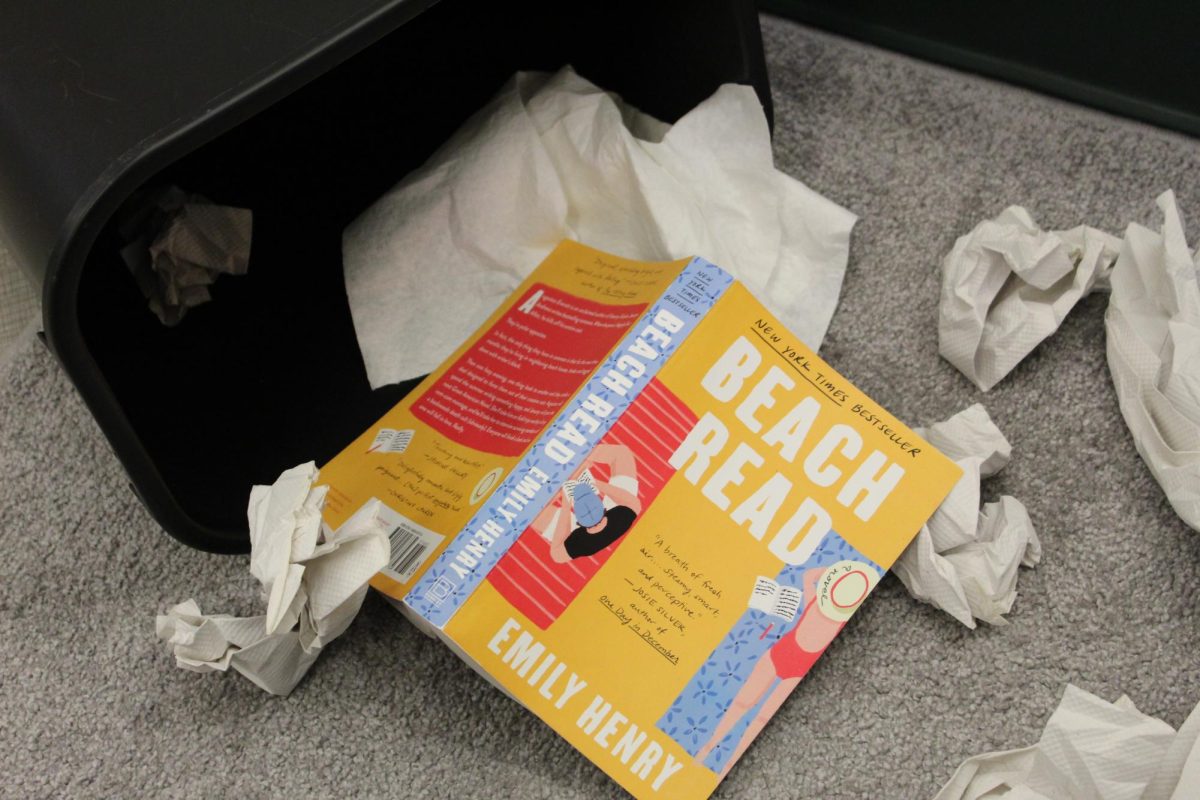




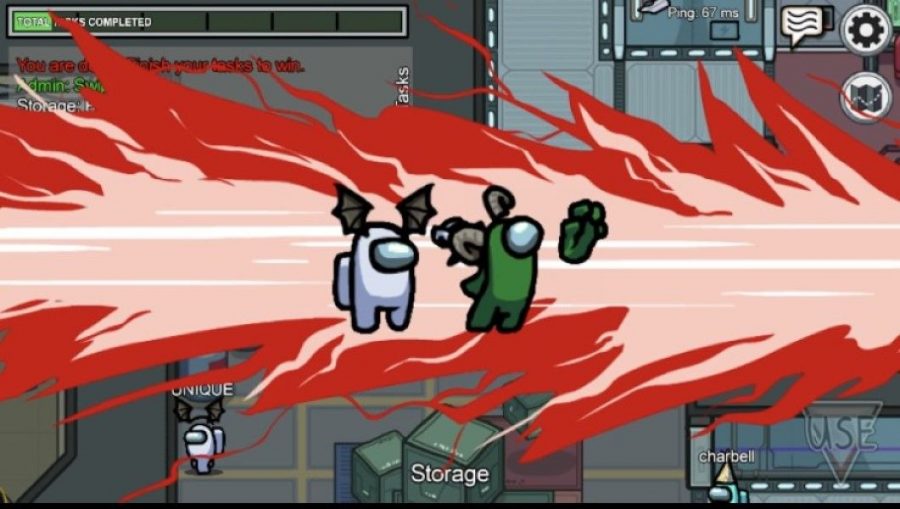


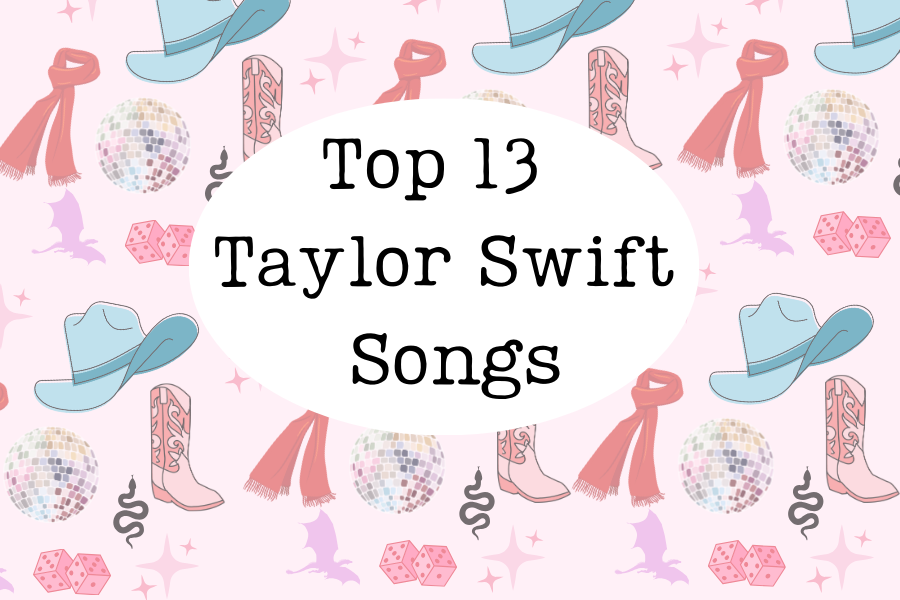











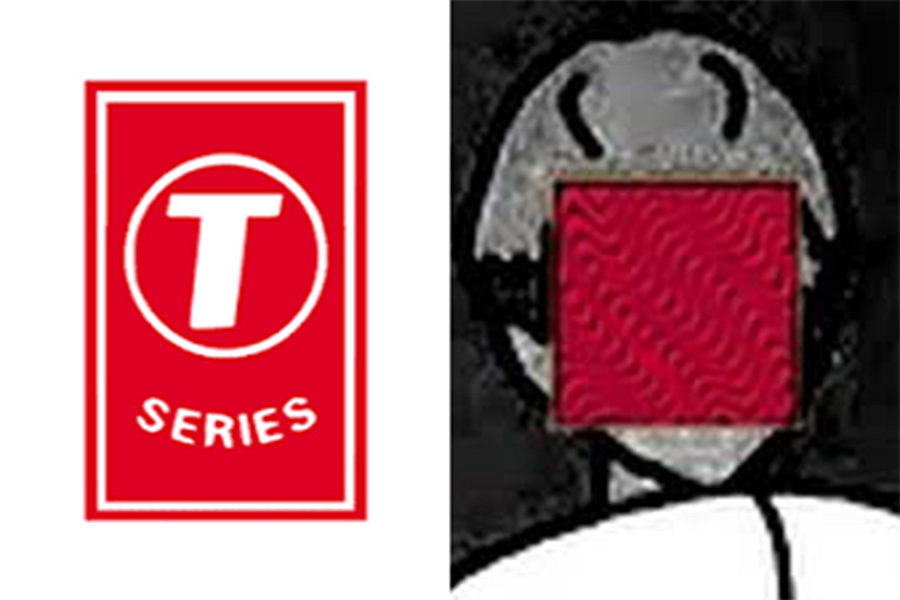




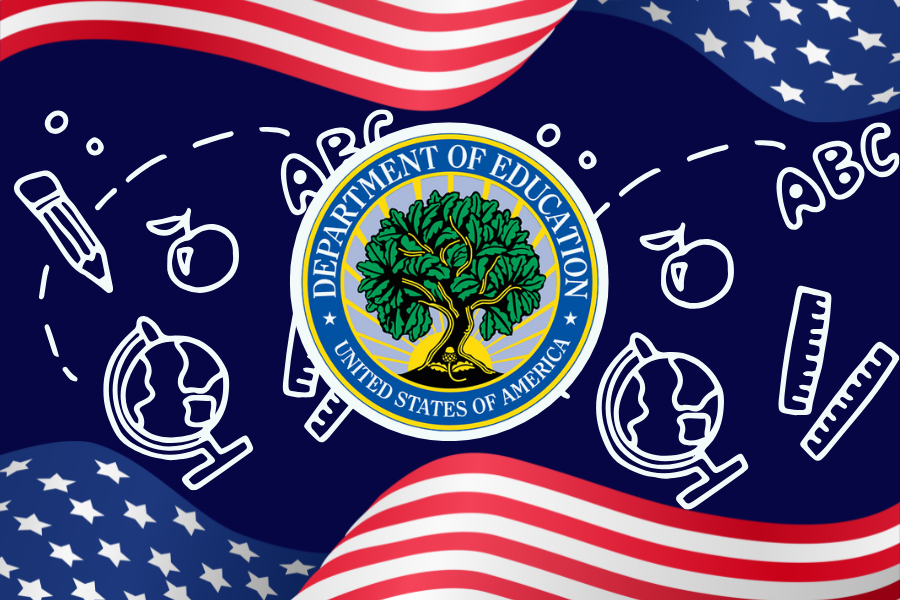





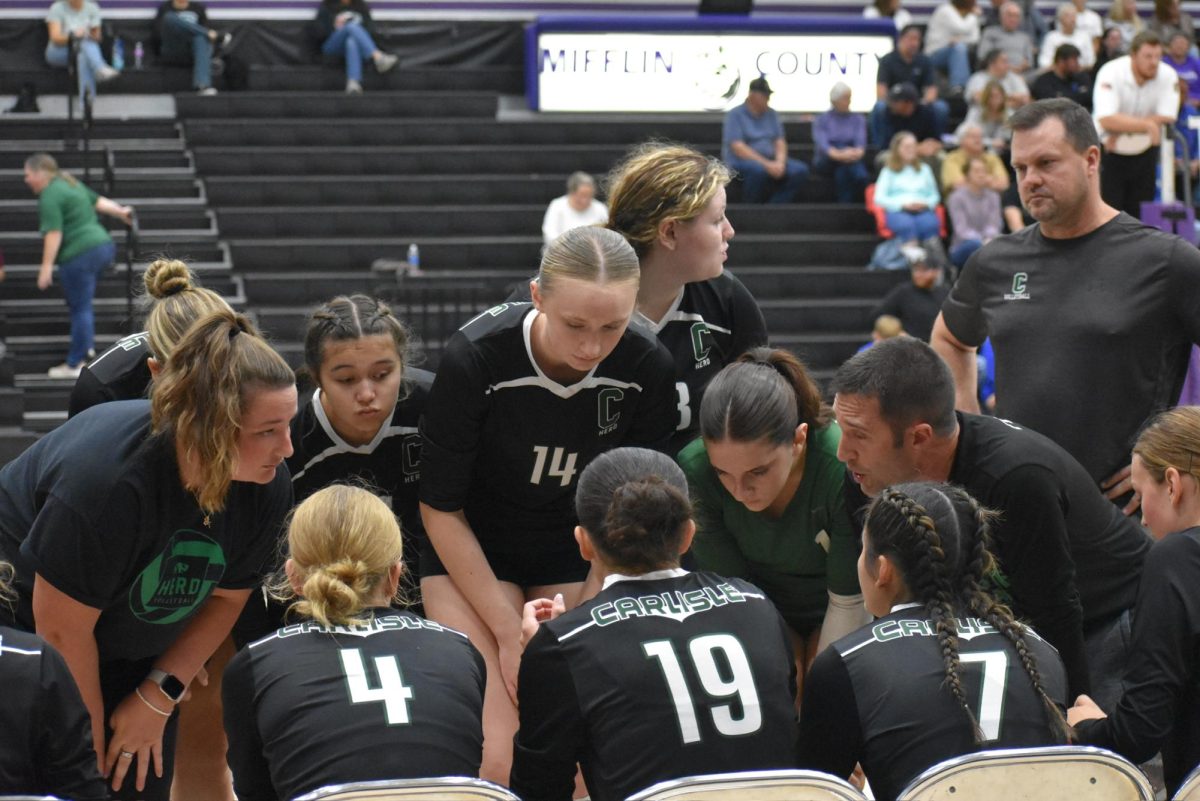

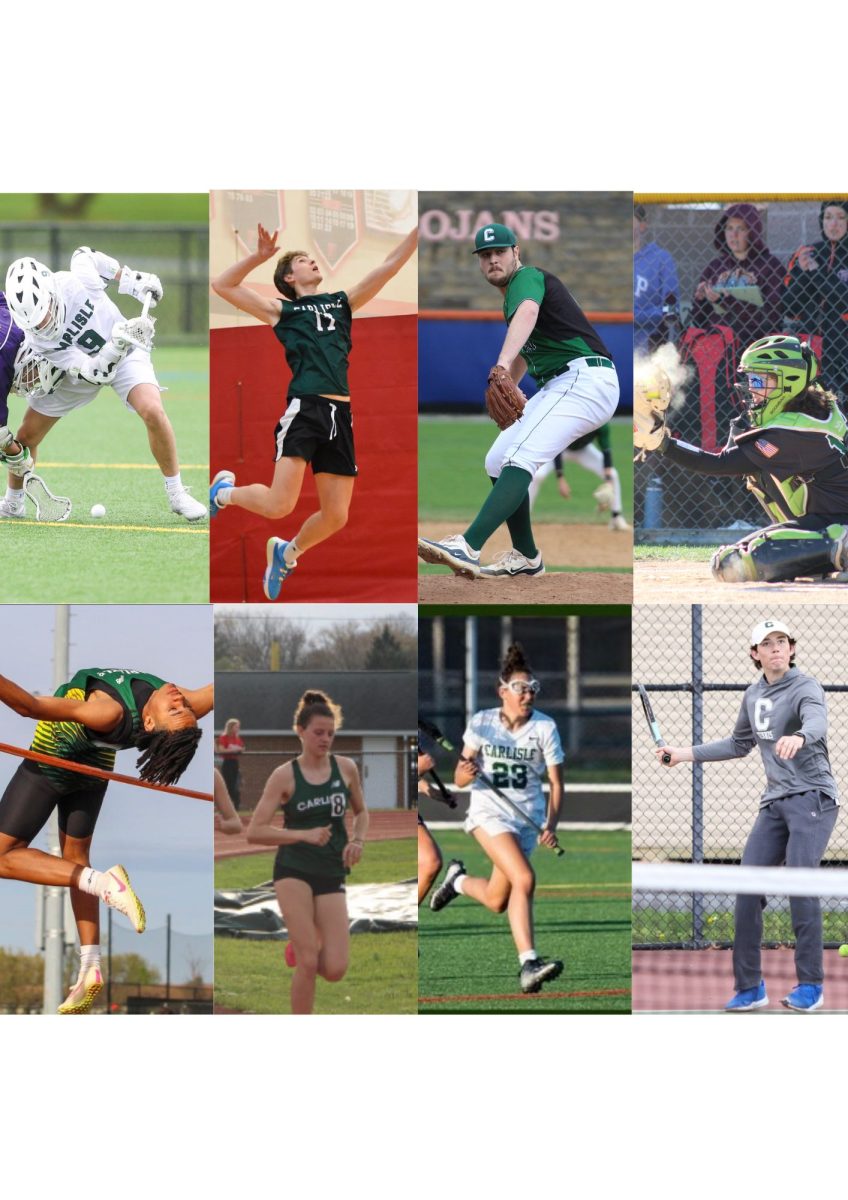

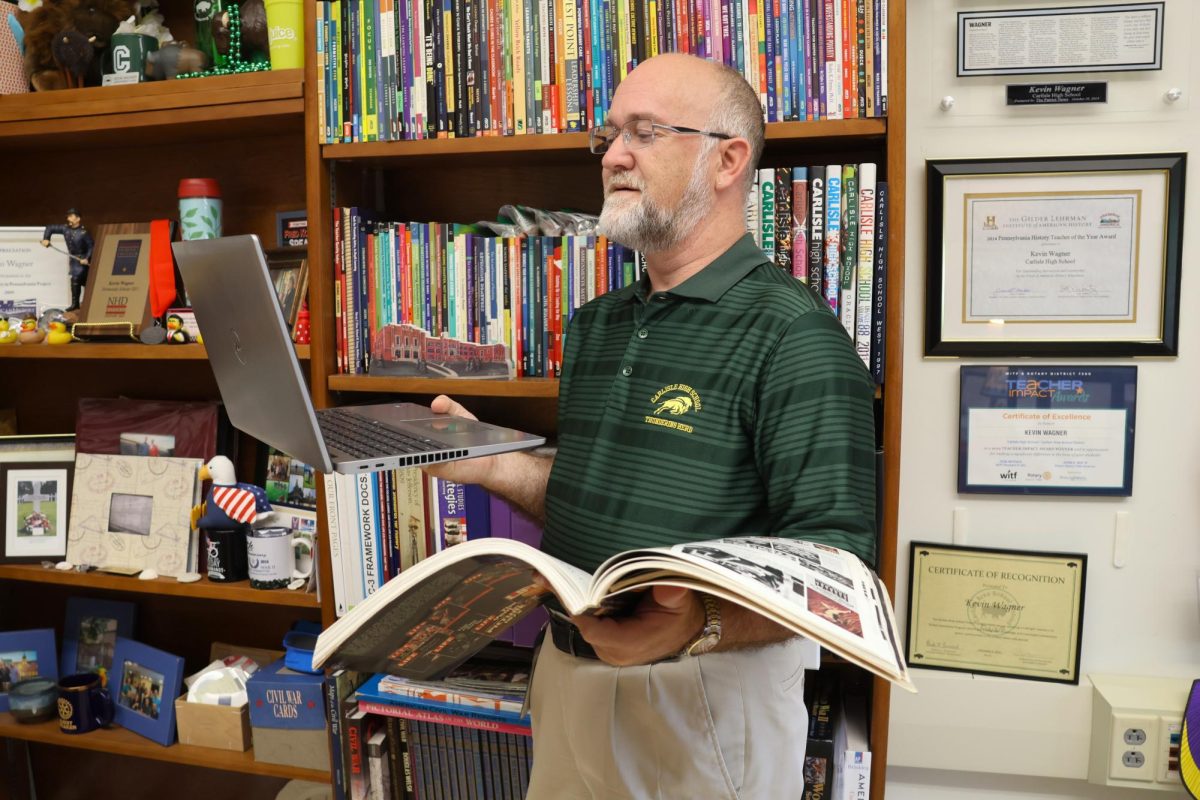


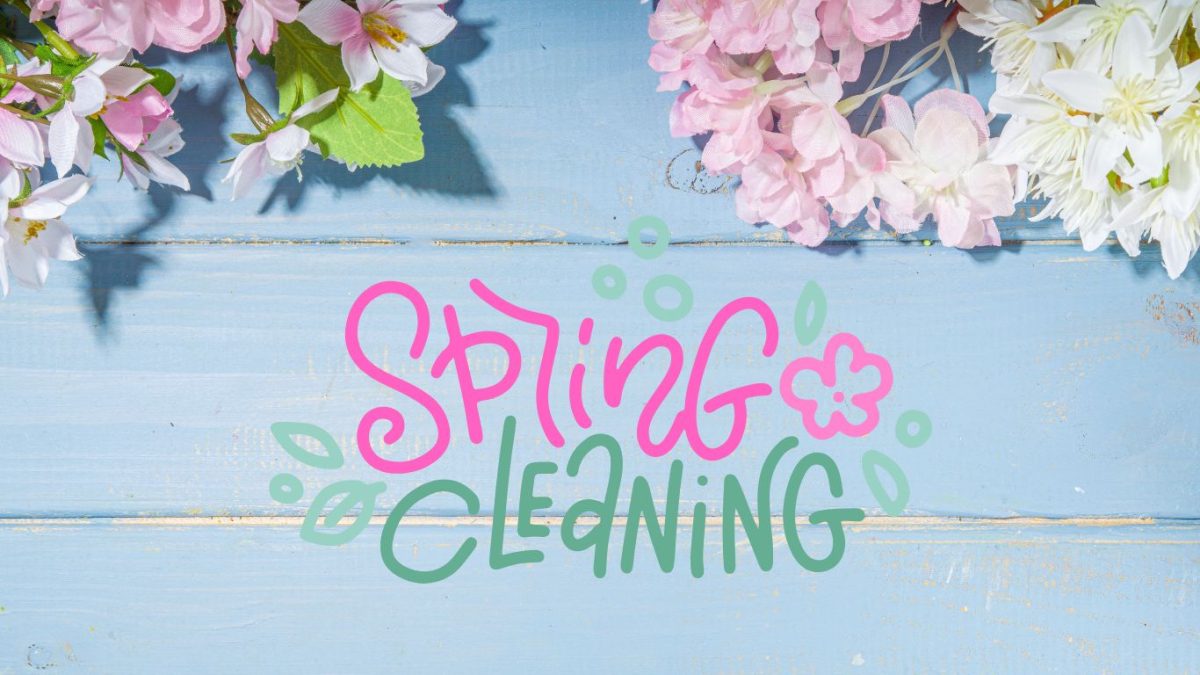

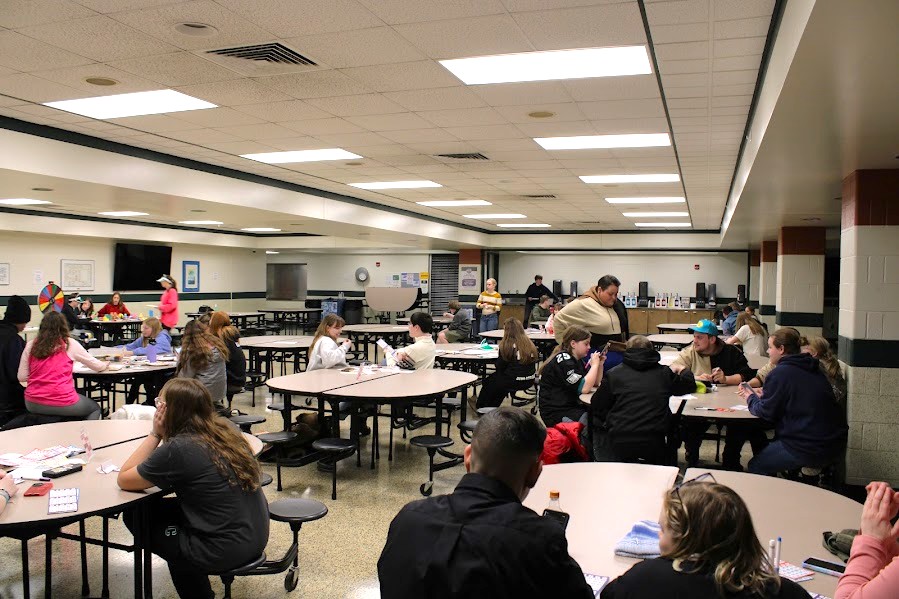





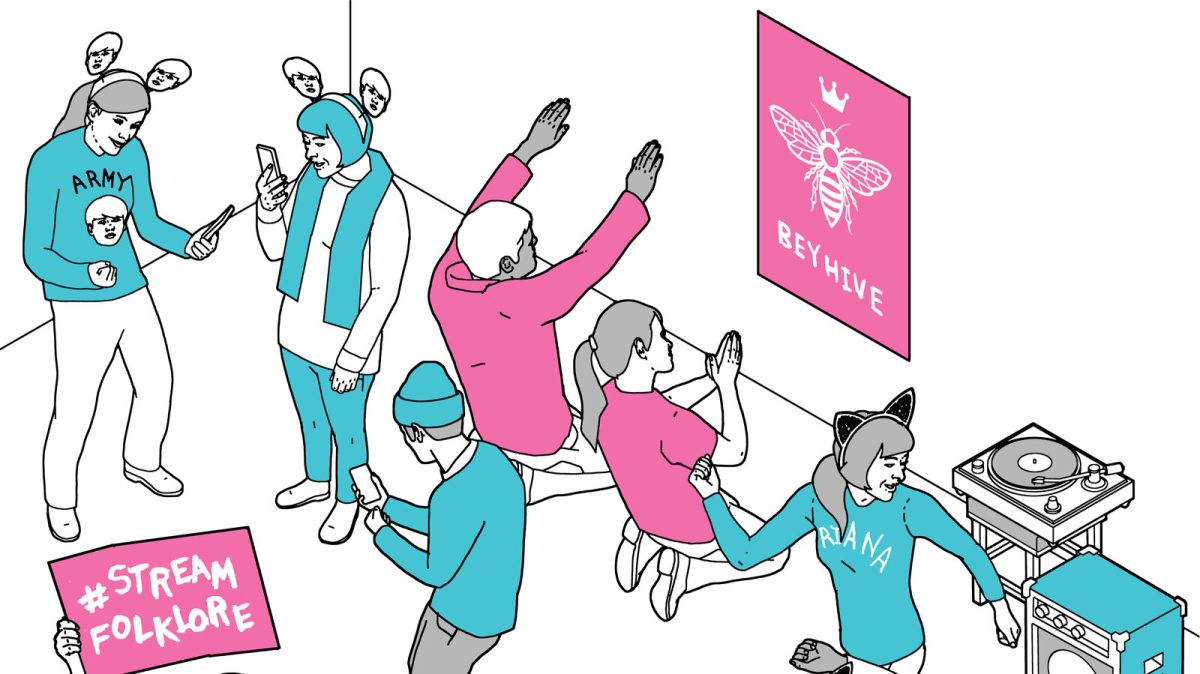
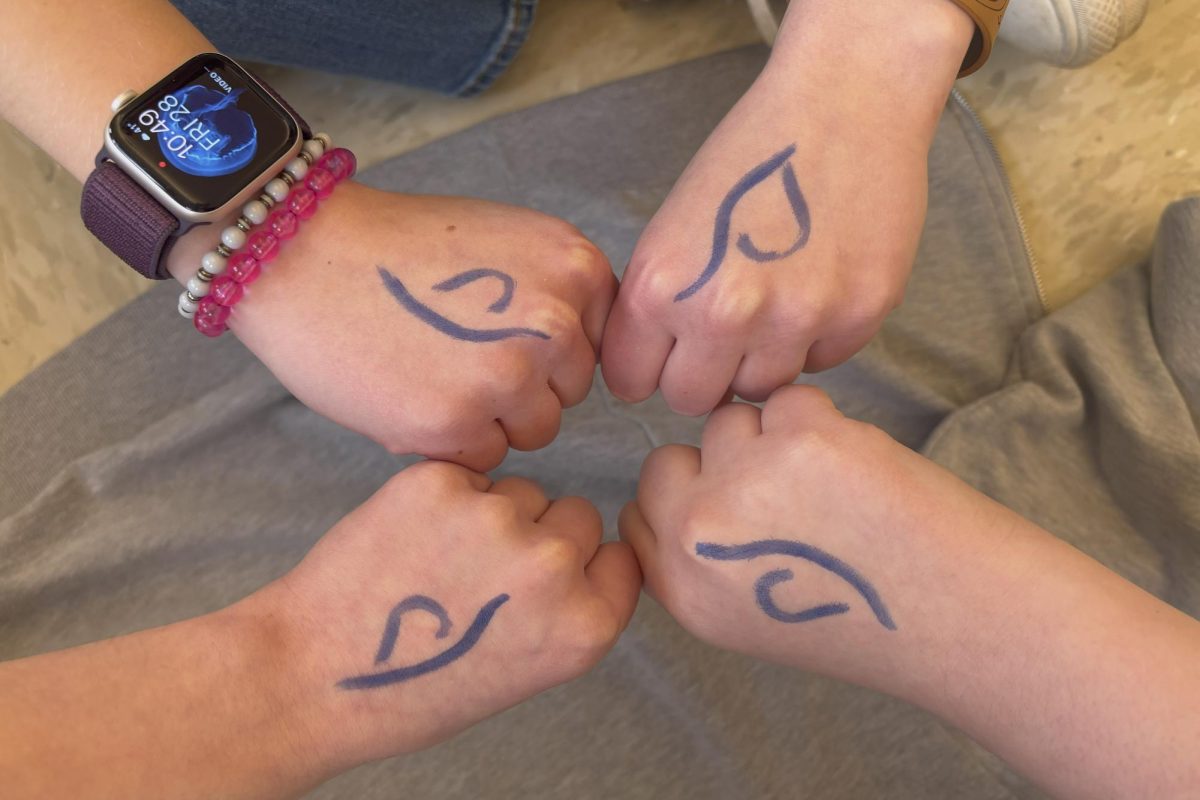

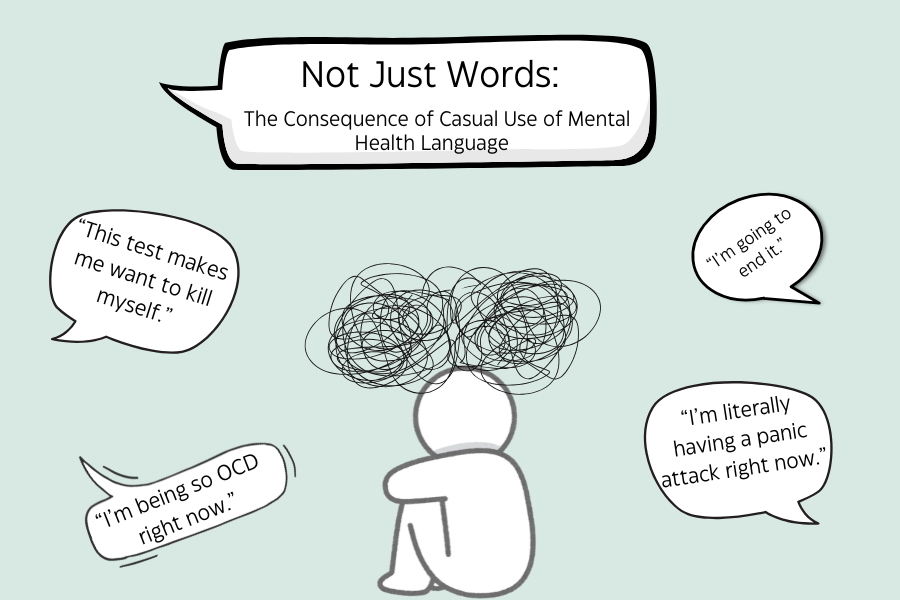

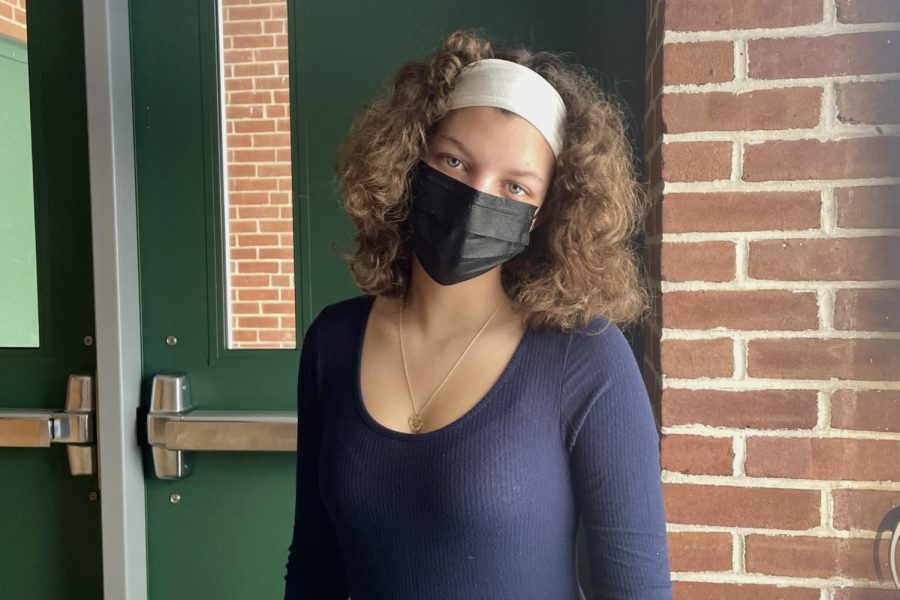

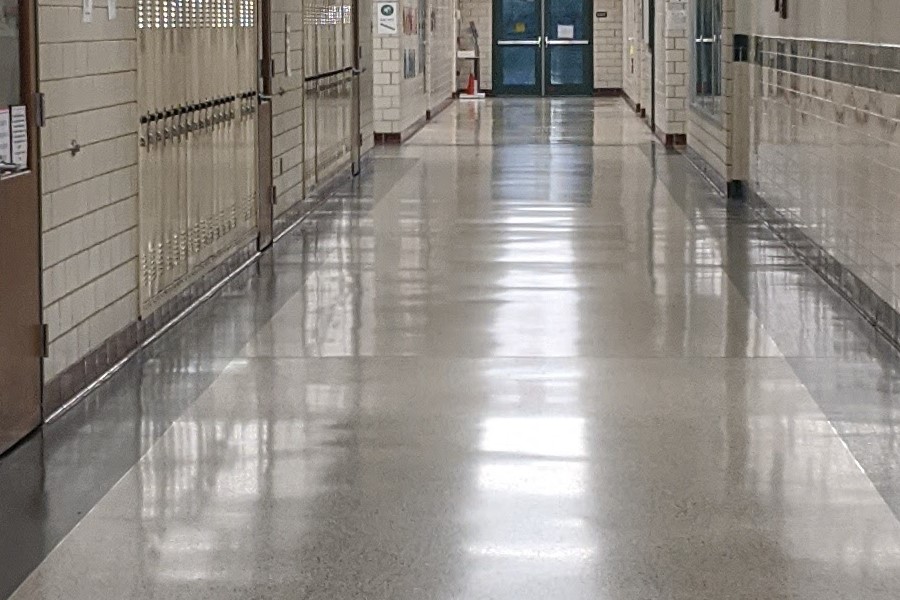
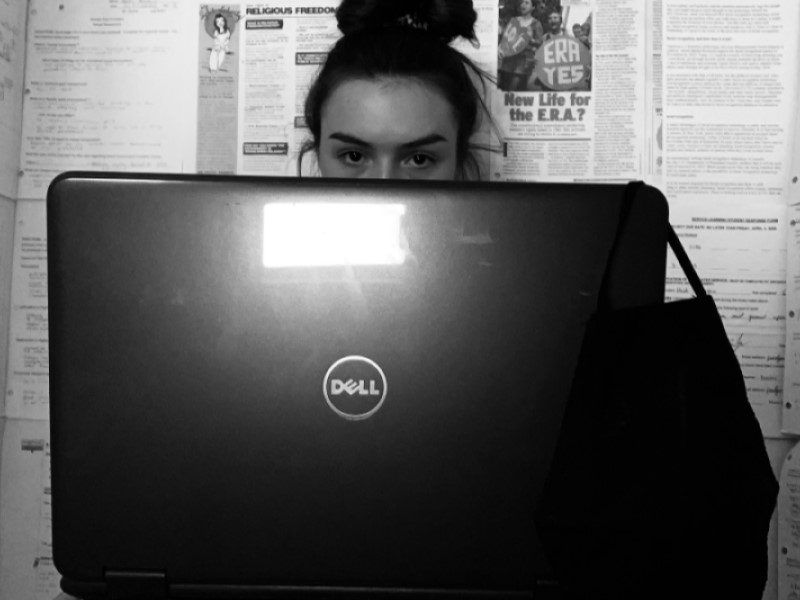
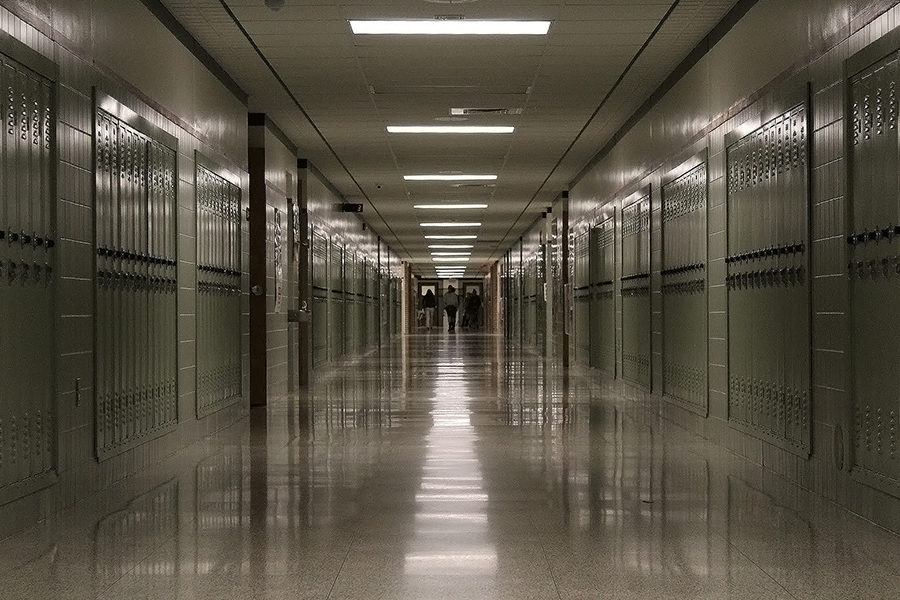





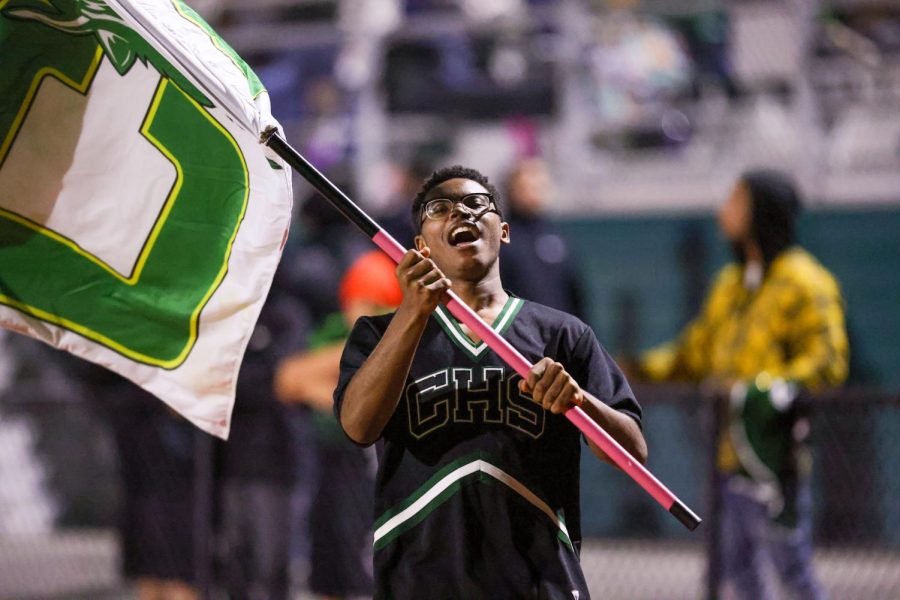
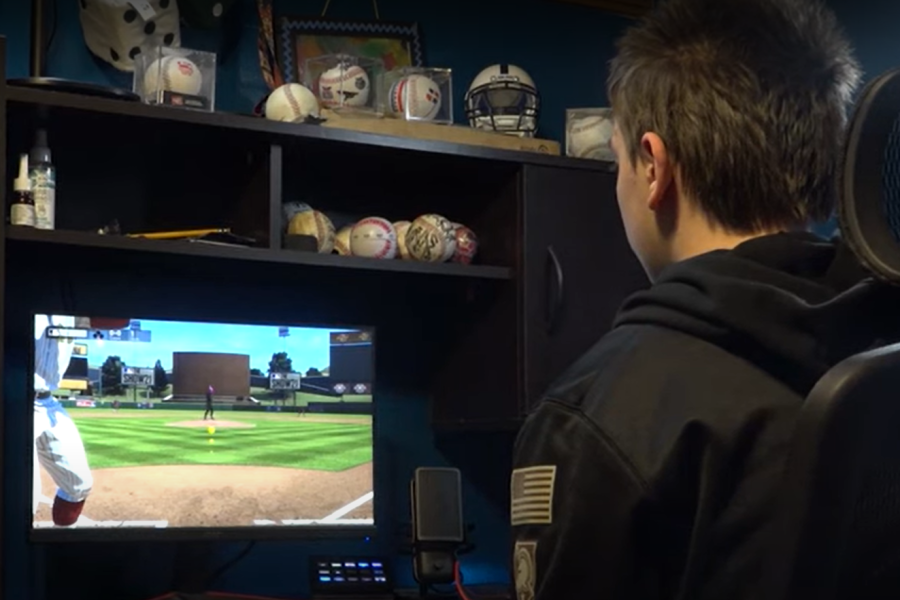

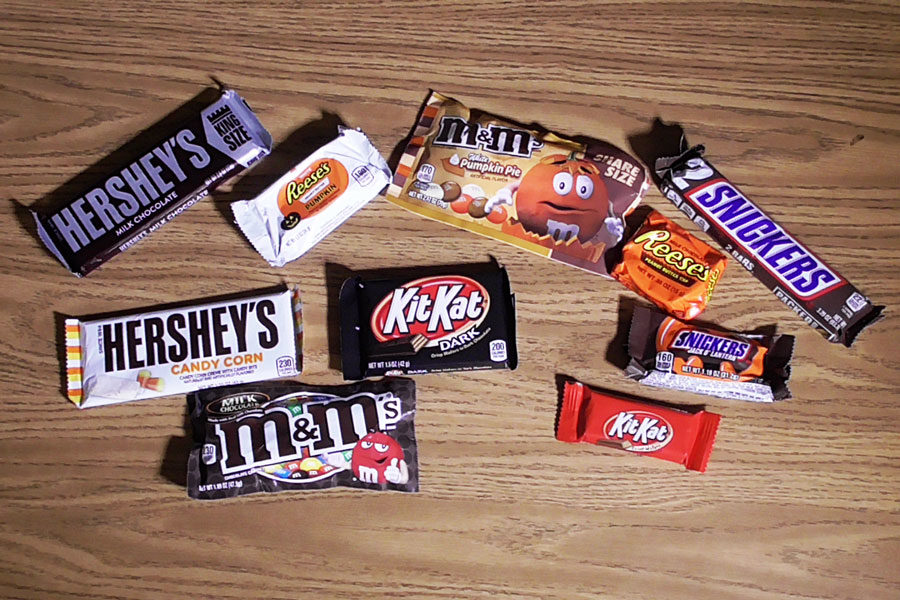

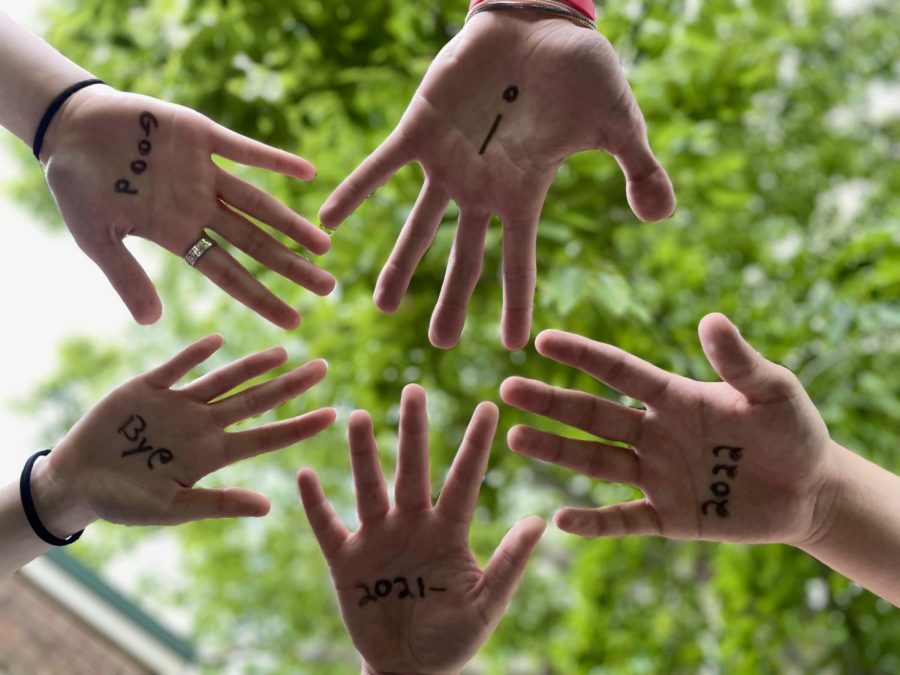



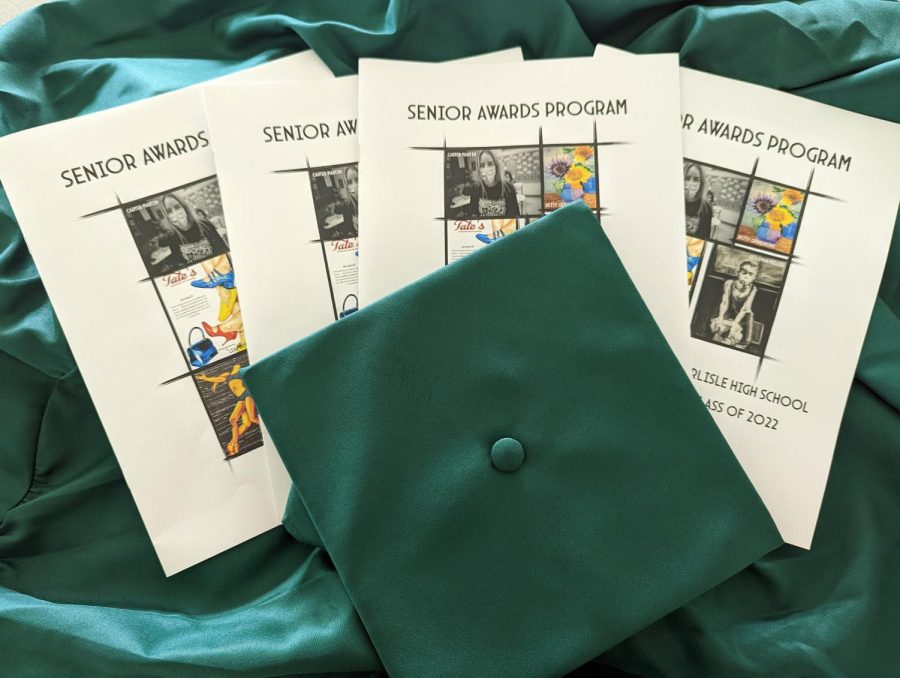



William Cantwell • Apr 10, 2018 at 8:41 am
I can say personally that I often use my personal technology to access online resources in many of my classes. It’s helpful for homework and inclass assignments to have other options and opinions about a topic or subject of my classes. Most of my chemistry labs require me to know chemical safety/density/other properties of compounds, which i simply do not know off of the top of my head or have any other access to the required information other than the Internet. It may seem like i’m taking advantage of resources that other students may not utilize, but in the real world I will stillhave my phone in my pocket to look up anything that could help me in my future job/classes. In simplest terms, I justify doing so because, well why not?